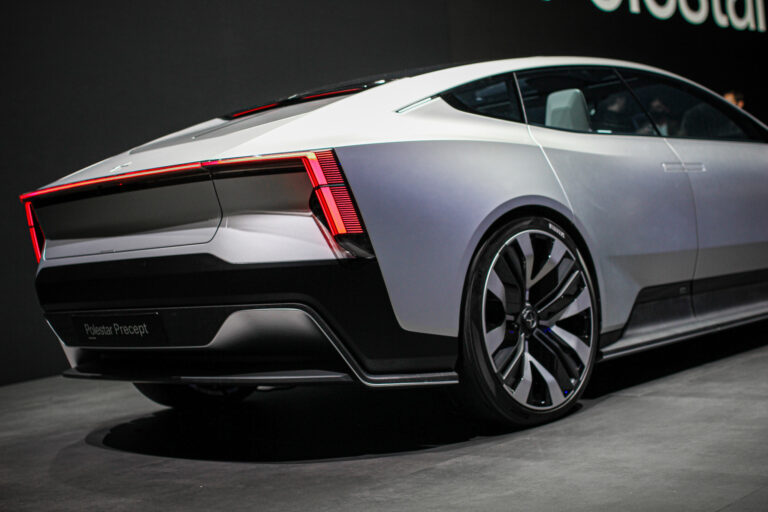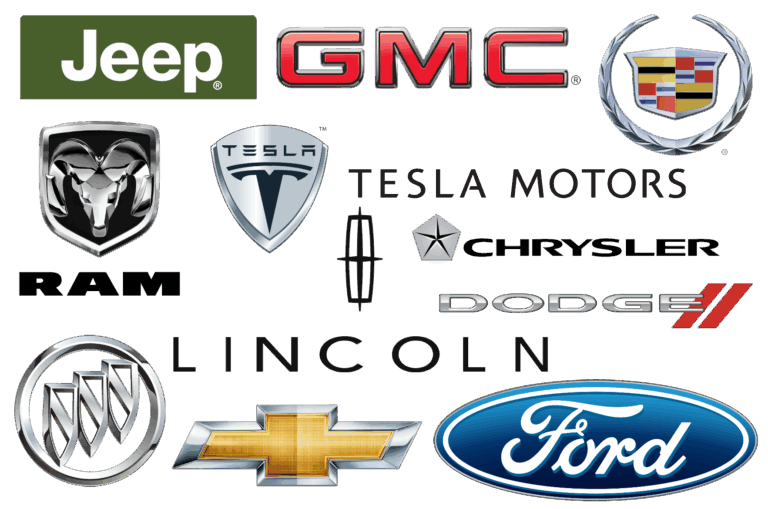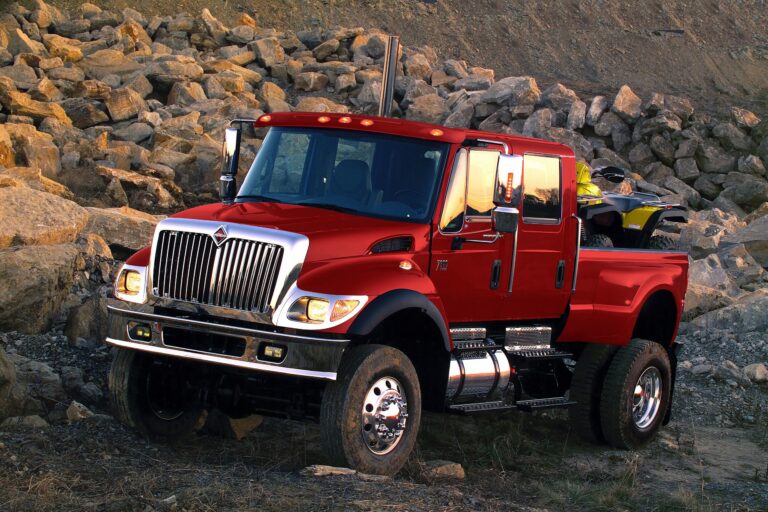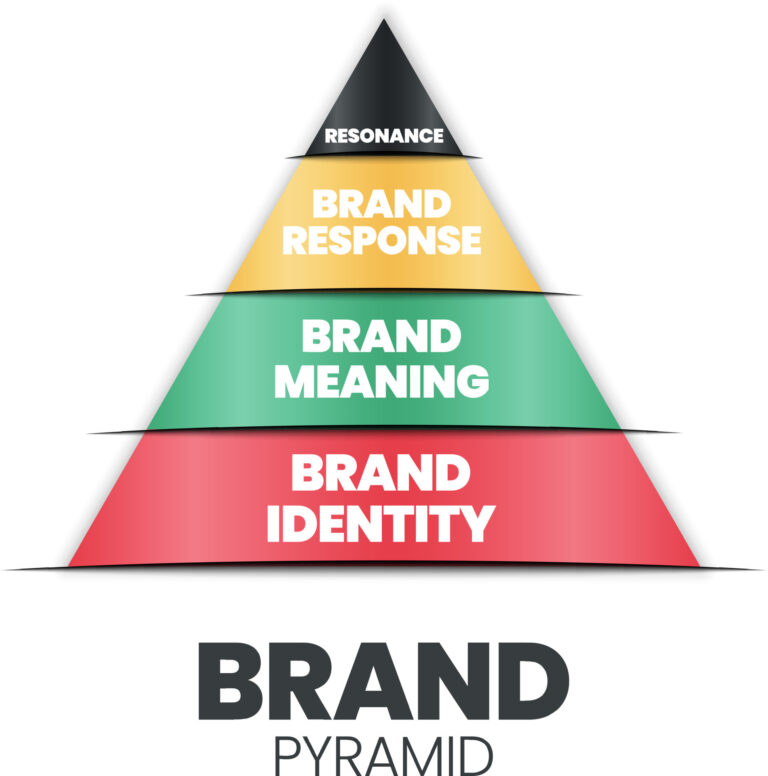Brand New Car For $10k: Is the Dream a Reality?
Brand New Car For $10k: Is the Dream a Reality? cars.truckstrend.com
The allure of a brand new car is undeniable: that fresh scent, the gleaming paint, the peace of mind of a full factory warranty, and the knowledge that you’re the first owner. But in an era of ever-increasing vehicle prices, the idea of driving a "brand new car for $10,000" often feels like a relic from a bygone era, or perhaps a fantastical dream. Is it truly possible to acquire a zero-mile vehicle for such a budget-friendly sum in today’s market?
This comprehensive guide will delve into the reality of purchasing a brand new car for $10,000. We’ll explore where such opportunities might exist, what kind of vehicle you can expect, the often-overlooked costs, and whether pursuing this ultra-budget option is the right choice for you. While the landscape of automotive sales makes this a significant challenge in many developed countries, understanding the nuances can help you make an informed decision for your transportation needs.
Brand New Car For $10k: Is the Dream a Reality?
The Reality Check: Is a Brand New Car For $10,000 Truly Possible?
Let’s address the elephant in the room: in major developed markets like the United States, Canada, Western Europe, and Australia, finding a conventional brand new car for $10,000 (out-the-door price) is, for the most part, a near impossibility in 2024. Inflation, supply chain disruptions, rising manufacturing costs, and increasing consumer demand for features have pushed even entry-level vehicle prices significantly higher.
However, the possibility isn’t entirely zero, but it comes with substantial caveats:
- Geographical Variations: The most likely place to find new cars near this price point is in emerging markets such as India, parts of Southeast Asia, South America, and specific regions of Eastern Europe. Here, local manufacturers produce ultra-compact, no-frills vehicles designed for budget-conscious consumers.
- Definition of "Brand New": We’re talking about a vehicle with delivery miles only, a full manufacturer’s warranty, and the latest model year. This excludes certified pre-owned (CPO) or low-mileage used cars, which are far more common in this price bracket.
- Significant Incentives and Discounts: In developed markets, reaching a $10,000 price point for a new car would require an extremely rare confluence of aggressive manufacturer rebates, dealer discounts, and potentially tax credits (e.g., for certain low-speed electric vehicles, which may not be "cars" in the traditional sense). These are typically for outgoing models, or to clear inventory.
- The "Out-the-Door" Price: The advertised Manufacturer’s Suggested Retail Price (MSRP) is rarely the final price. Destination charges, sales tax, registration fees, and dealer documentation fees can easily add thousands of dollars, pushing an "MSRP" of $10,000 well over the budget.

So, while the dream of a true $10k brand new car in North America or Western Europe is largely aspirational without significant compromise or a very unique deal, it’s worth understanding what you might find globally and what sacrifices are involved.
What Kind of "New" Car Can You Expect for $10,000?
If you manage to locate a brand new car near the $10,000 mark (or its equivalent in other currencies), be prepared for a vehicle that prioritizes basic transportation above all else. You won’t find luxury, advanced technology, or powerful performance.
- Micro-Cars/City Cars: These are the most probable candidates. Think tiny footprints, minimal seating (often just four passengers), and small engines designed for fuel efficiency in urban environments. Examples include vehicles from brands like Tata, Renault (for specific emerging markets), Suzuki, and some Chinese manufacturers.
- Base Models, Stripped Down: Even if a car’s starting MSRP approaches $10,000 (which is rare in developed countries), it will be the absolute entry-level trim. This means:
- Manual Everything: Manual windows, manual door locks, manual transmission (often standard).
- No Air Conditioning (or basic): A/C might be an optional extra that pushes the price over the limit.
- Basic Infotainment: A simple radio with AM/FM, potentially Bluetooth, but no touchscreen, navigation, or smartphone integration like Apple CarPlay/Android Auto.
- Minimal Safety Features: While meeting mandatory safety standards for their market, they will lack advanced driver-assist systems (ADAS) like blind-spot monitoring, lane-keeping assist, or adaptive cruise control.
- Small, Underpowered Engines: Engines typically range from 0.8L to 1.2L, delivering adequate power for city driving but struggling on highways or inclines.
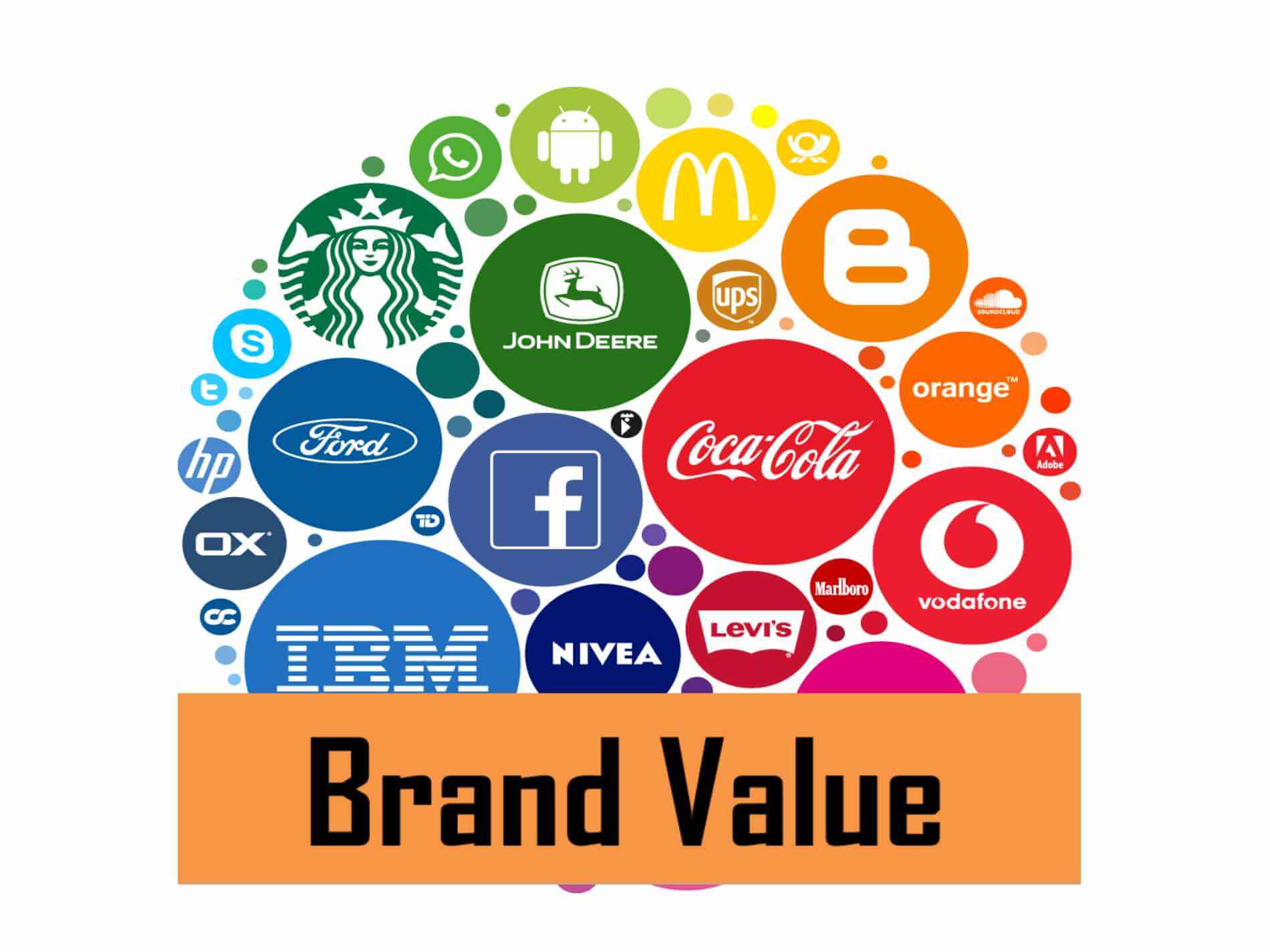
- Niche Electric Vehicles: In some regions, very low-speed electric vehicles (LSVs) or Neighborhood Electric Vehicles (NEVs) can be purchased for under $10,000. These are often limited to specific roads, have low top speeds, and short ranges, making them unsuitable for general car use but perfect for gated communities or short commutes.
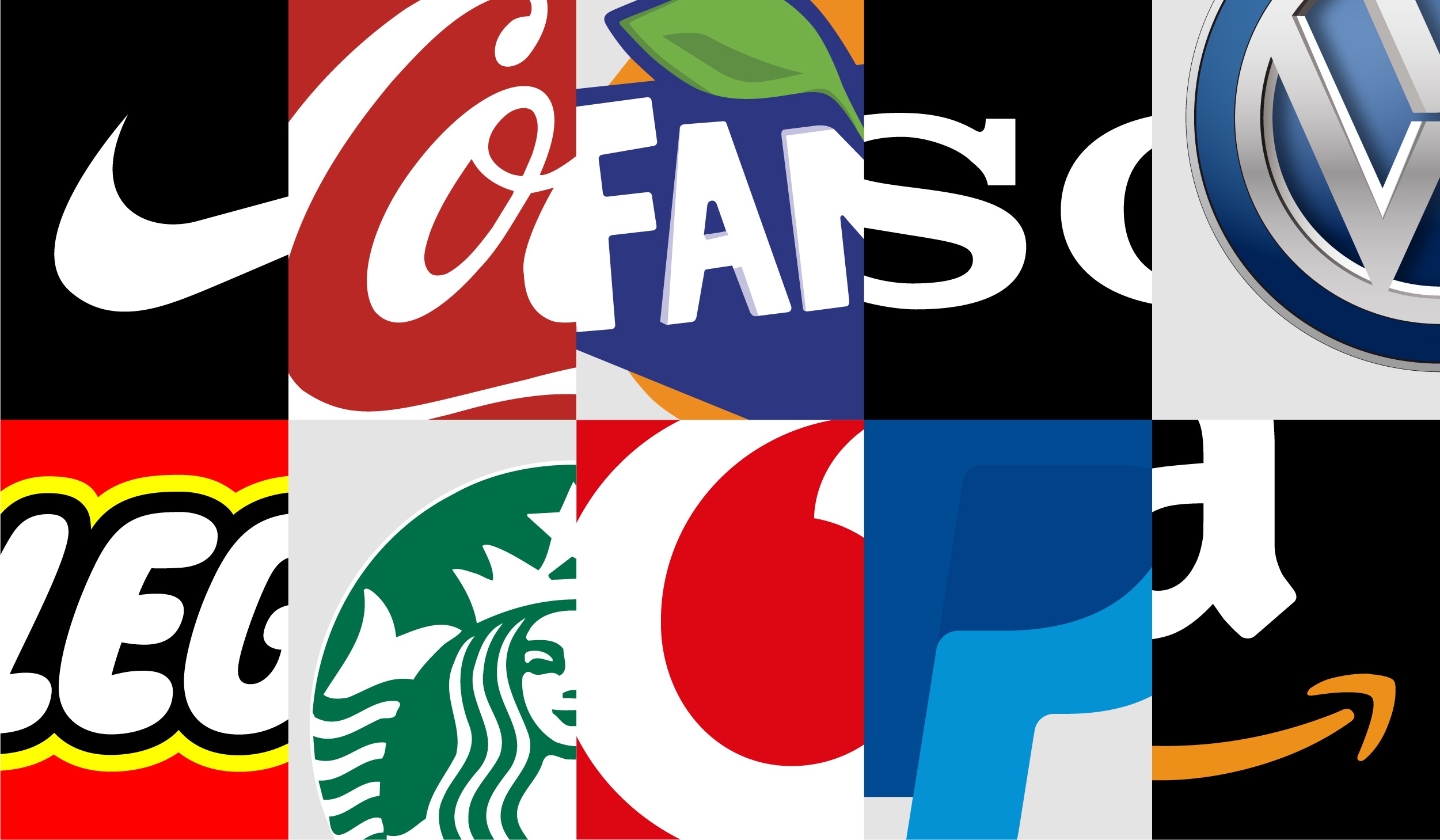
Essentially, a new car at this price point is a no-frills appliance designed to get you from point A to point B reliably and economically.
Strategies for Unearthing a $10,000 New Car
While challenging, if you’re determined to find a new car near this price point, here are some strategies:
- Target Global Markets: If you have the means or live in a region where such vehicles are produced, explore brands like Tata, Mahindra, Maruti Suzuki, Dacia (Renault’s budget brand in Europe), and some lesser-known Chinese manufacturers. These brands often offer models specifically designed for affordability.
- Leverage Incentives and Discounts (Crucial in Developed Markets): This is your best shot if you’re in a market where base prices are higher.
- Manufacturer Rebates: Look for direct cash-back offers from the carmaker.
- Dealer Discounts: Negotiate hard, especially at the end of the month, quarter, or year when dealers are trying to meet sales targets.
- Outgoing Model Years: As new models arrive, dealers want to clear out the previous year’s inventory. These can come with significant price reductions.
- Special Promotions: Keep an eye out for holiday sales, "friends and family" events, or specific loyalty programs.
- Consider a Cash Purchase: Financing a $10,000 car often adds a significant percentage in interest over the loan term, pushing your total cost well over budget. A cash purchase eliminates this.
- Be Flexible and Patient: You likely won’t have many options for color, features, or even specific models. If a rare deal pops up, be ready to act quickly.
- Online Research and Price Aggregators: Use websites that compile new car inventories and pricing from multiple dealers. Set price alerts.
Beyond the Sticker Price: Understanding the True Cost
The advertised MSRP is just the beginning. To truly understand if a $10,000 new car fits your budget, you must factor in these additional costs:
- Taxes and Fees:
- Sales Tax: Varies by state/province/country, but can add 5-10% or more to the vehicle’s price.
- Destination/Freight Charge: The cost to ship the car from the factory to the dealership. This is non-negotiable and can be $800-$1,500 even on a cheap car.
- Registration and License Plate Fees: Required to legally drive the car.
- Documentation Fees ("Doc Fees"): Charged by the dealership for processing paperwork. These vary widely and can be negotiable in some states.
- Insurance: A brand new car, even a cheap one, still needs comprehensive insurance. While basic models might be cheaper to repair, their new status can lead to higher premiums than an older, used car. Get insurance quotes before you buy.
- Maintenance: While a new car comes with a warranty, routine maintenance (oil changes, tire rotations, fluid checks) is still necessary and adds to the running costs.
- Fuel Costs: Luckily, the micro-cars and base models that fit this budget are typically very fuel-efficient, offering significant savings at the pump.
- Depreciation: All new cars depreciate, often significantly in the first few years. While the dollar amount of depreciation on a $10,000 car will be less than on a $30,000 car, the percentage loss can still be substantial.
These additional costs mean that an "MSRP" of $10,000 can easily become an "out-the-door" price of $11,500 to $13,000 or more, depending on your location and the specific fees.
The Pros and Cons of a $10,000 New Car
Deciding if a new ultra-budget car is right for you requires weighing its advantages against its limitations.
Pros:
- Factory Warranty: The biggest advantage. Peace of mind knowing major components are covered for several years, saving on unexpected repair costs.
- Reliability: No prior owner history, no hidden issues. You know the car is starting fresh.
- Fuel Efficiency: Almost universally excellent due to small engines and light weight.
- Latest Basic Safety Standards: While lacking advanced tech, these cars meet current mandatory safety requirements for their market.
- Lower Initial Outlay (Relative): For new car ownership, it’s the absolute lowest entry point, potentially avoiding debt.
- Simplicity: Fewer complex systems mean less to go wrong and potentially cheaper repairs down the line.
Cons:
- Limited Features: Manual operation, basic comfort, and no tech amenities.
- Small Size and Performance: Cramped interior, limited cargo space, and often struggle on highways or with heavy loads.
- Limited Availability: Extremely difficult to find in many major global markets.
- Perceived Value/Image: These cars are purely utilitarian, not status symbols.
- Resale Value: While the dollar amount lost might be low, the percentage of value lost can be high, though their initial low price cushions the blow somewhat.
- Compromises: You are truly getting what you pay for – basic, no-frills transportation.
When $10,000 Isn’t Enough: Exploring Alternatives
Given the scarcity of true brand new cars for $10,000, it’s crucial to consider alternatives that might offer more value or a better fit for your needs.
- Certified Pre-Owned (CPO) Vehicles: These are used cars (often 1-5 years old) that have undergone a rigorous multi-point inspection by the manufacturer and come with an extended factory warranty. For $10,000-$15,000, you can often find a CPO subcompact or compact car (e.g., Honda Fit, Toyota Yaris, Hyundai Accent, Kia Rio) that is only a few years old, has low mileage, and offers more features, space, and power than a new $10k car.
- Well-Maintained Used Cars: If you’re willing to forgo the "brand new" aspect, $10,000 opens up a vast market of reliable used cars. You could find excellent examples of popular models like a Honda Civic, Toyota Corolla, Mazda 3, or Ford Focus that are 5-10 years old. These often come with more features, better performance, and superior build quality than a new micro-car. A pre-purchase inspection by a trusted mechanic is vital here.
- Slightly Higher Budget: If you can stretch your budget to $15,000-$18,000, your options for new cars in developed markets significantly expand. You could consider entry-level models like the Mitsubishi Mirage, Kia Rio, or Nissan Versa. While still basic, they offer more modern features, better safety tech, and more comfortable interiors than anything near the $10,000 mark.
- Leasing: While you won’t own the car, a lease can sometimes offer lower monthly payments for a new car, fitting within a tight monthly budget. However, you’ll have mileage restrictions and won’t build equity.
Tips for Maximizing Your $10,000 Car Purchase
If you’re dead set on finding a new car for as close to $10,000 as possible, here’s how to get the most out of your budget:
- Know Your Needs: Be brutally honest about what you need. Is it purely a city commuter? A second car for errands? Don’t pay for features you won’t use.
- Research Thoroughly: Understand the specific models available in your target market, their base features, and common issues.
- Test Drive Every Option: Even if options are limited, drive them all. Comfort, visibility, and basic handling are crucial.
- Read the Fine Print: Understand every line item on the purchase agreement, especially all the fees. Don’t be afraid to question them.
- Consider Cash: If possible, paying cash avoids interest payments and simplifies the transaction.
- Embrace Simplicity: A manual transmission, manual windows, and a basic radio are your friends when aiming for the lowest price.
Table Price: Examples of New Cars Approaching the $10,000 Mark (with caveats)
It’s crucial to state upfront: A truly brand new car for $10,000 (out-the-door price) is virtually non-existent in major developed markets like the US, Canada, Western Europe, or Australia. The following table lists examples of the cheapest new cars available globally, focusing on their base MSRP, and heavily emphasizes that final prices will be higher due to taxes, fees, and regional pricing. These examples illustrate the type of vehicle that might get close to this price point in very specific circumstances or markets.
| Make | Model | Estimated Base MSRP (USD Equivalent) | Key Features (Base Model) | Market Availability Notes |
|---|---|---|---|---|
| Renault | Kwid | $5,000 – $7,000 | 0.8L/1.0L engine, manual, basic safety, no A/C on base | India, Brazil, South Africa. Extremely popular entry-level car. Prices vary significantly by market. |
| Tata | Tiago | $7,000 – $9,000 | 1.2L engine, manual/AMT, basic interior, slightly more refined | India. Another dominant player in the budget segment. |
| Dacia | Sandero/Logan | $10,000 – $12,000 | 1.0L engine, manual, basic interior, robust & reliable | Europe, Emerging Markets. Known for value. Base models can be very spartan. Often manual transmission. |
| Suzuki | Alto / Celerio | $6,000 – $9,000 | Ultra-compact, fuel-efficient, very basic amenities | India, Japan, Southeast Asia. Designed for crowded cities. The Alto is one of the world’s cheapest cars. |
| Hyundai | Grand i10 | $9,000 – $11,000 | 1.0L/1.2L engine, manual, slightly better equipped than micro-cars | India, parts of Asia/Africa. A step up from ultra-basic micro-cars, still focused on value. |
| Chevrolet | Spark (Discontinued) | ~$13,600 (US 2022 MSRP) | 1.4L engine, manual, basic radio, small hatchback | Formerly available in US/Canada. This was, for years, one of the cheapest new cars in North America, but even its MSRP was well above $10k. Its discontinuation highlights the challenge of this budget in developed markets. |
| Mitsubishi | Mirage (Base) | ~$16,600 (US 2024 MSRP) | 1.2L engine, CVT, basic features, hatchback/sedan options | Currently the cheapest new car in the US. Despite its low price, it’s still significantly over the $10,000 mark, even for its absolute base trim. This illustrates the market reality. |
Disclaimer: All prices are highly approximate base MSRPs and do not include destination charges, taxes, registration fees, or dealer documentation fees, which will add significantly to the final "out-the-door" price. Availability and exact specifications vary greatly by region. The $10,000 "brand new car" is primarily a concept applicable to specific, very basic models in emerging global markets, or extremely rare, heavily incentivized deals on discontinued models in developed countries.
Frequently Asked Questions (FAQ)
Q1: Is it really possible to buy a brand new car for $10,000 in the US or Canada today?
A1: It is extremely difficult, almost impossible, for a conventional passenger car without significant and rare manufacturer incentives or dealer discounts. Even the cheapest new cars in these markets (like the Mitsubishi Mirage or Kia Rio) start well above $16,000 MSRP, and the final "out-the-door" price will be higher.
Q2: What’s the cheapest brand new car available right now?
A2: In the US, it’s typically the Mitsubishi Mirage (starting around $16,600 MSRP for 2024). Globally, micro-cars from manufacturers like Tata, Renault (Kwid), or Suzuki (Alto) in emerging markets are generally the cheapest, with some starting below $10,000 equivalent.
Q3: What features can I expect for a brand new car around this price point?
A3: Very basic features: manual windows and locks, a small engine (often 1.0L or less), a manual transmission, a simple radio (sometimes without Bluetooth), and no advanced driver-assist systems. Air conditioning might be optional or unavailable on the absolute base models.
Q4: Are these budget cars safe?
A4: All new cars sold in their respective markets must meet minimum safety standards. However, cars at this price point typically lack advanced active safety features (like blind-spot monitoring, automatic emergency braking, or lane-keeping assist) found in more expensive vehicles. They provide basic crash protection but not the comprehensive suite of technologies that prevent accidents.
Q5: What about depreciation for such a cheap new car?
A5: All new cars depreciate. While the percentage of value lost on a $10,000 car might be high, the actual dollar amount of depreciation will be less than on a more expensive vehicle. Given the low initial cost, your financial exposure to depreciation is also lower.
Q6: Should I buy a new car for $10,000 or a used car for the same price?
A6: This depends on your priorities. A new car offers a warranty and no prior history, providing peace of mind. A used car for $10,000 (e.g., a 5-10 year old Honda Civic or Toyota Corolla) will likely offer more features, better performance, more space, and superior build quality than any new car at that price point. If reliability is key and you can’t stretch your budget, a CPO or well-inspected used car is often the more practical choice.
Concluding Summary
The dream of a "brand new car for $10,000" remains largely just that – a dream for most consumers in developed nations. The current automotive market, driven by inflation and consumer demand for features, has pushed even entry-level vehicle prices significantly higher. While ultra-compact, no-frills models exist in emerging global markets near this price point, acquiring one in North America or Western Europe is a monumental challenge, often requiring rare, deep discounts or considering a non-traditional vehicle type.
For those determined to stick to a strict $10,000 budget, understanding the true "out-the-door" costs, being prepared for significant compromises in features and size, and meticulously researching every available incentive are paramount. More often than not, a well-maintained used car or a certified pre-owned vehicle will offer far greater value, features, and comfort for the same money. Ultimately, buying a car at this price point isn’t about luxury or cutting-edge technology; it’s about securing reliable, basic transportation while prioritizing budget above all else.


